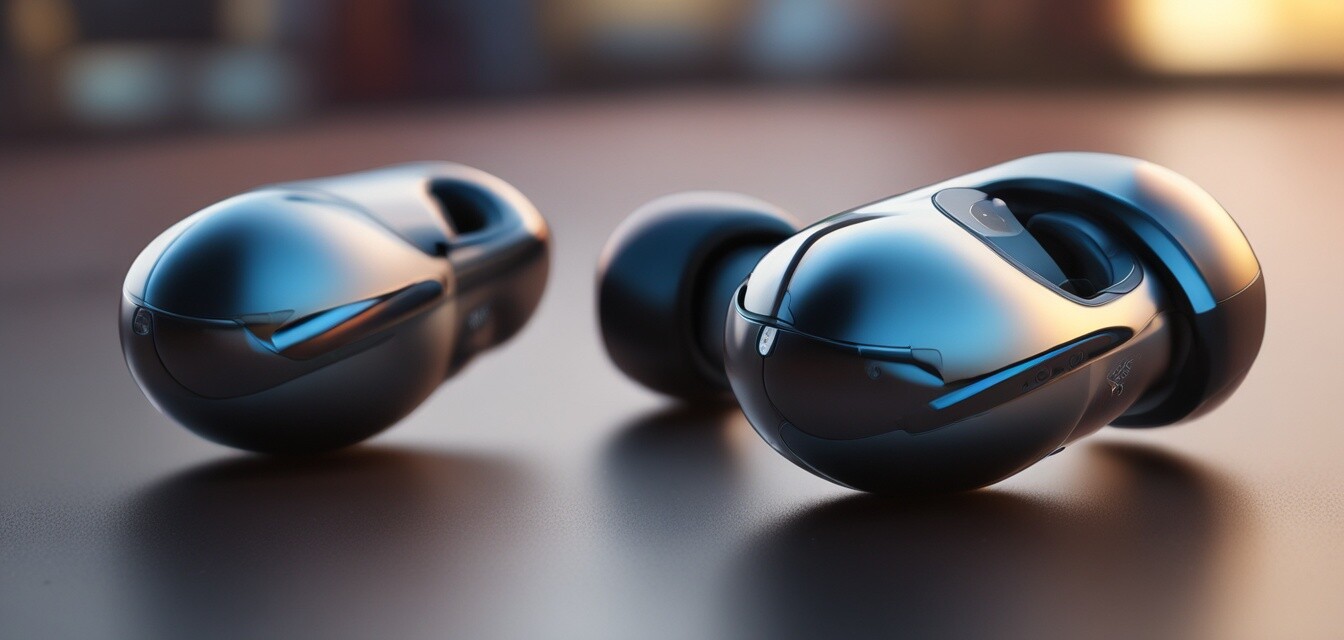
The Technological Fusion of Earbuds and Smart Devices
Key Takeaways
- The merger of earbuds and smart technology is redefining personal audio experiences.
- Innovations include smart assistants and enhanced connectivity features.
- Industry trends show a significant shift towards multifunctional audio devices.
- User preferences are moving towards convenience and intelligent features.
The audio industry is undergoing a significant transformation. With advancements in technology, the integration of smart devices and earbuds is revolutionizing how we experience sound. As personal audio experiences evolve, understanding the implications of this fusion is vital for audiophiles and technology enthusiasts alike. In this article, we will analyze how this merger affects listening habits, introduces new features, and what we can expect in the near future.
Understanding the trend: The rise of smart earbuds
Smart earbuds are not just about sound quality anymore. They serve as multifunctional devices that merge audio output with technological capabilities. Below is a breakdown of key innovations within this trend:
| Feature | Description |
|---|---|
| Voice Assistance | Integration with virtual assistants like Siri and Google Assistant for hands-free operation. |
| Real-time Translation | Some models offer translation features, allowing users to communicate in different languages effortlessly. |
| Touch Controls | Gestural controls for play, pause, and volume adjustments enhance user interactivity. |
| Health Monitoring | Innovations now include health tracking features, measuring heart rate and activity levels through built-in sensors. |
The impact of connectivity and integration
As earbuds become increasingly integrated with other smart devices, consumers are experiencing seamless connectivity. Let's explore how this impacts user behavior and listening preferences:
- Simplified Interaction: Users can switch between devices effortlessly, making media consumption much more fluid.
- Enhanced Audio Quality: Advanced codecs and Bluetooth technology are helping earbuds deliver superior sound quality.
Examples of integration in everyday life
As smart earbuds become more commonplace, it's essential to consider how they fit into daily routines. Here are a few scenarios:
- Listening to music while jogging without missing calls.
- Using voice controls to manage smart home devices during household chores.
- Engaging in conference calls while on the move, enhancing productivity.
Consumer preferences and market trends
The shift towards smart earbuds is largely driven by consumer demand for features that enhance convenience and improve quality of life. According to recent surveys, users are prioritizing the following attributes:
| Attribute | Importance (%) |
|---|---|
| Sound Quality | 45% |
| Battery Life | 30% |
| Smart Features | 20% |
| Design | 5% |
The data highlights that audiophiles still keep sound quality as their top priority while increasingly appreciating additional intelligent features in their audio devices.
What lies ahead: Innovations on the horizon
The future of smart earbuds is filled with potential innovations driven by technological advancements. Some expected trends include:
- Further developments in noise cancellation technologies.
- Enhanced integration with augmented reality (AR) experiences.
- Improved personalization through adaptive sound adjustments.
Conclusion
The convergence of earbuds and smart technology marks a new chapter in personal audio experiences. With continuous innovations and a shift in consumer preferences, it is essential for the industry to adapt to these changes. To stay updated on the latest developments in the headphone market, check out our Industry News and Trends section. The future of sound is smart, and we can't wait to see where this exciting journey leads us next.
Pros
- Innovative features enhance overall user experience.
- Seamless connectivity offers convenience.
- Increased audio quality through advanced technology.
Cons
- Smart features may run down battery life.
- Complexity can frustrate less tech-savvy users.